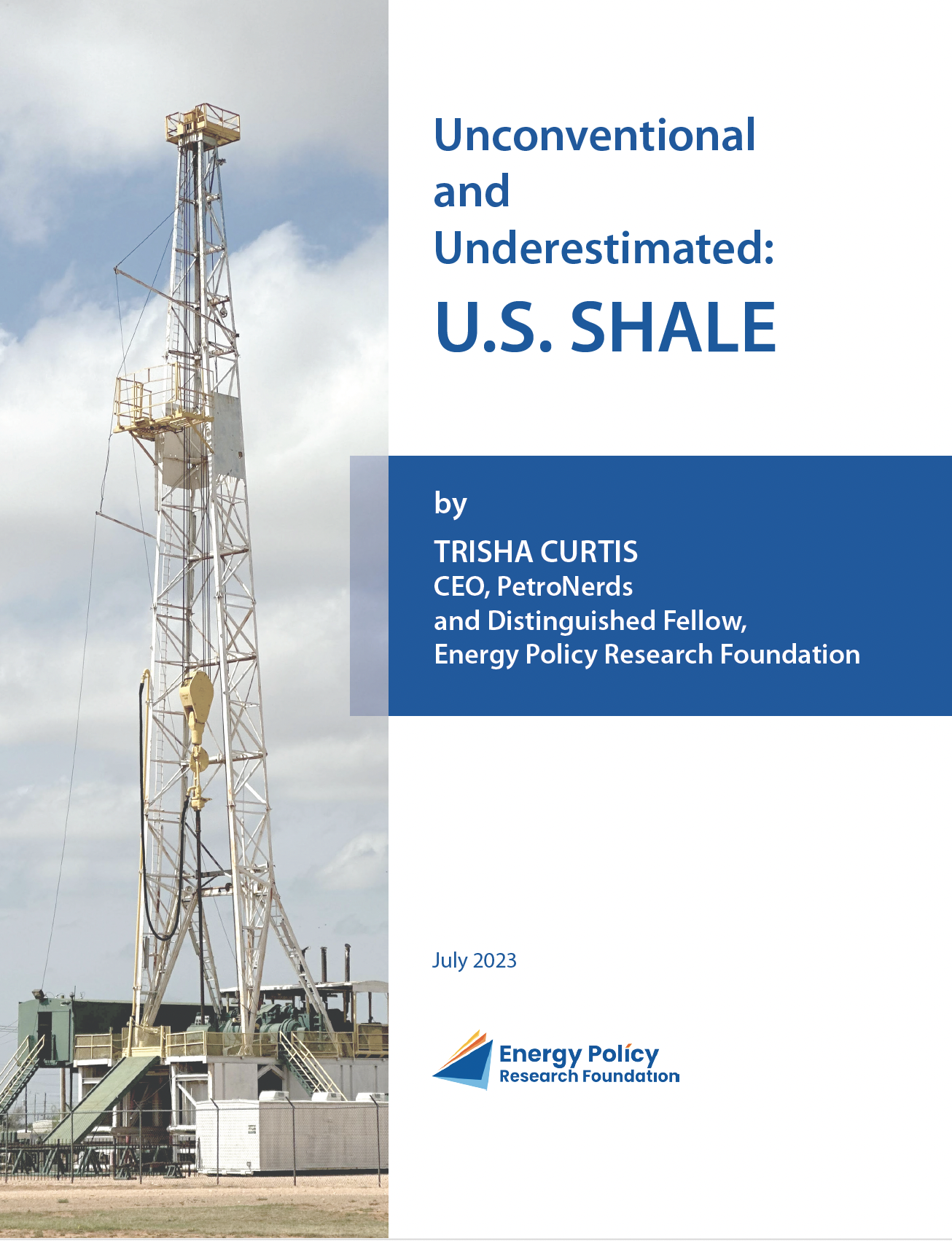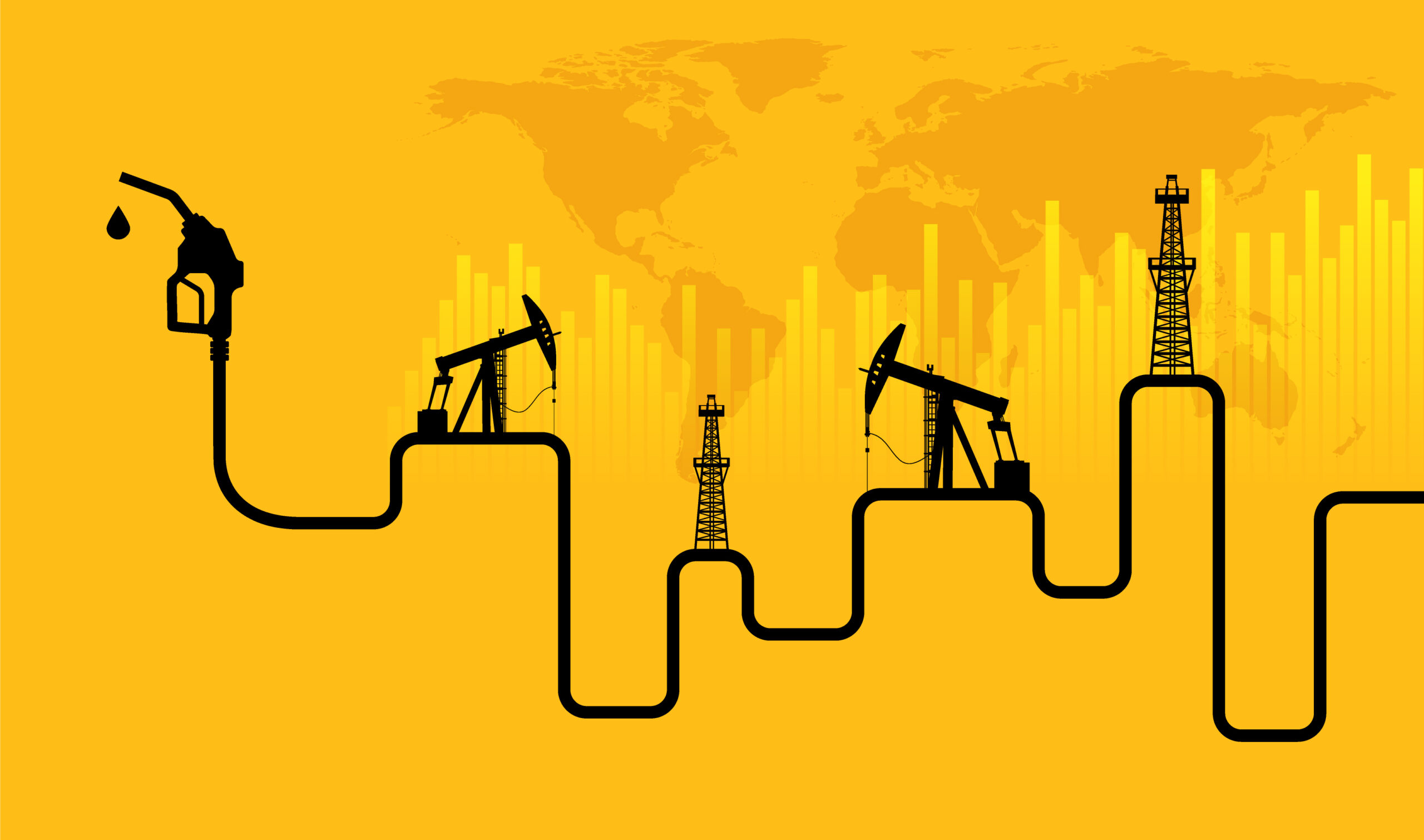
Updated FYI In Brief Report: “ESG – A Primer”
Our popular weekly “Chart of the Week” will now be supplemented with our new “FYI in Brief” series distributed to subscribers and posted on our website at regular intervals. The series is designed as short executive briefings (2-5 pages) providing essential background information on often challenging debates on energy and security policy.
Our first “FYI in Brief” explores the roots and current state of the so-called ESG movement which seeks to evaluate companies’ and related entities’ environment, social, and governance practices. Max Pyziur and Matthew Sawoski bring us a cogent discussion of this topic through their briefing “ESG: A Primer.”
Future topics will include, “Energy Security and the Role of the East Med,” “Eastern Asia-Pacific Energy Security Considerations,” and “Global Mobility Regulations: a Consolidated Source,” among others.



